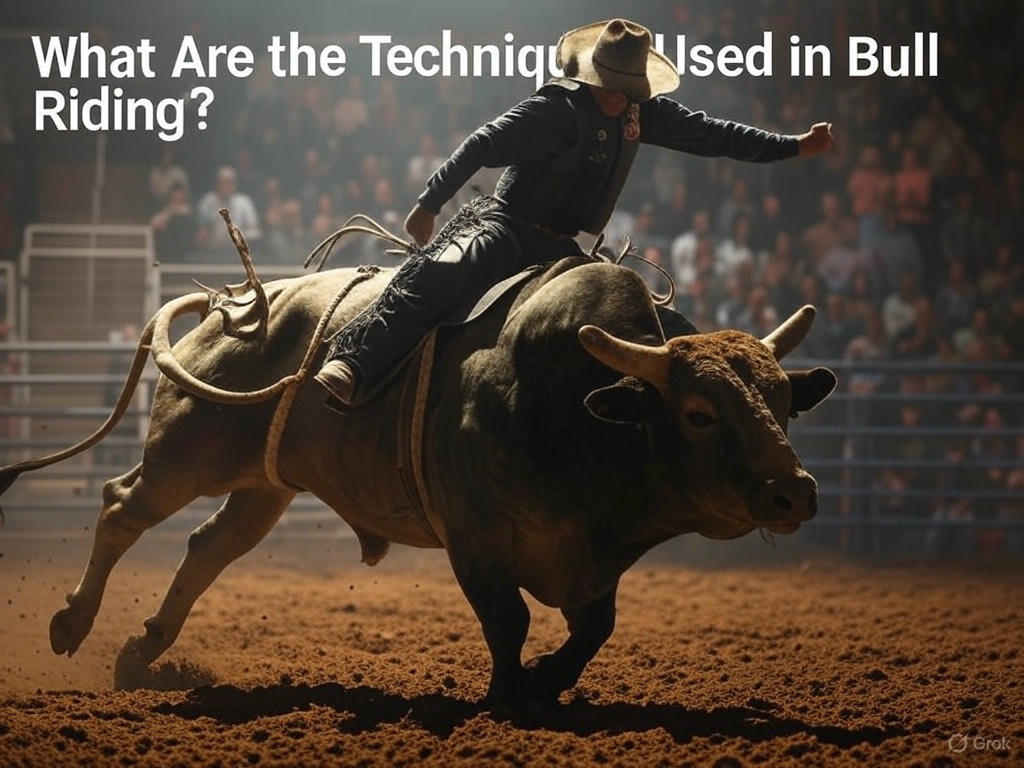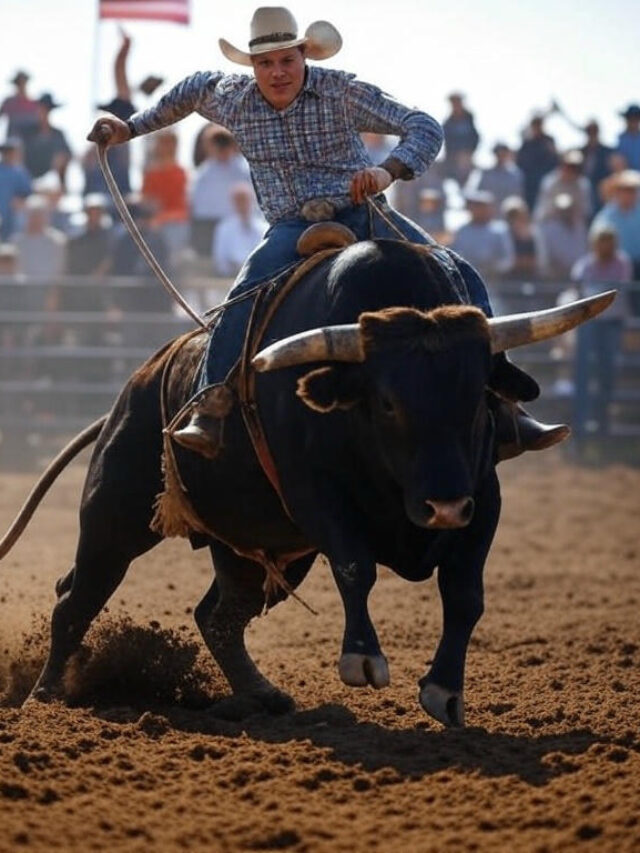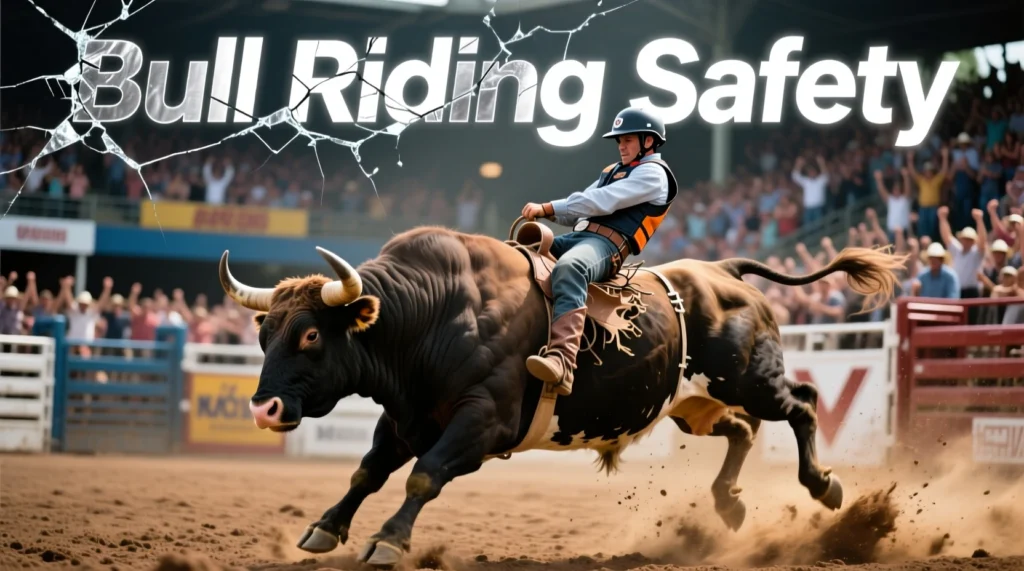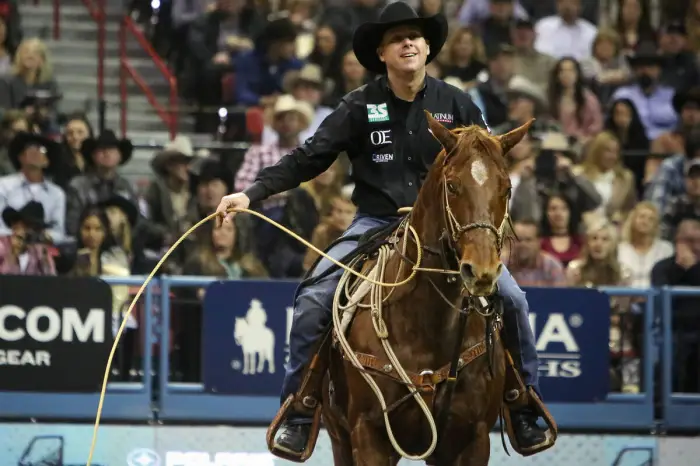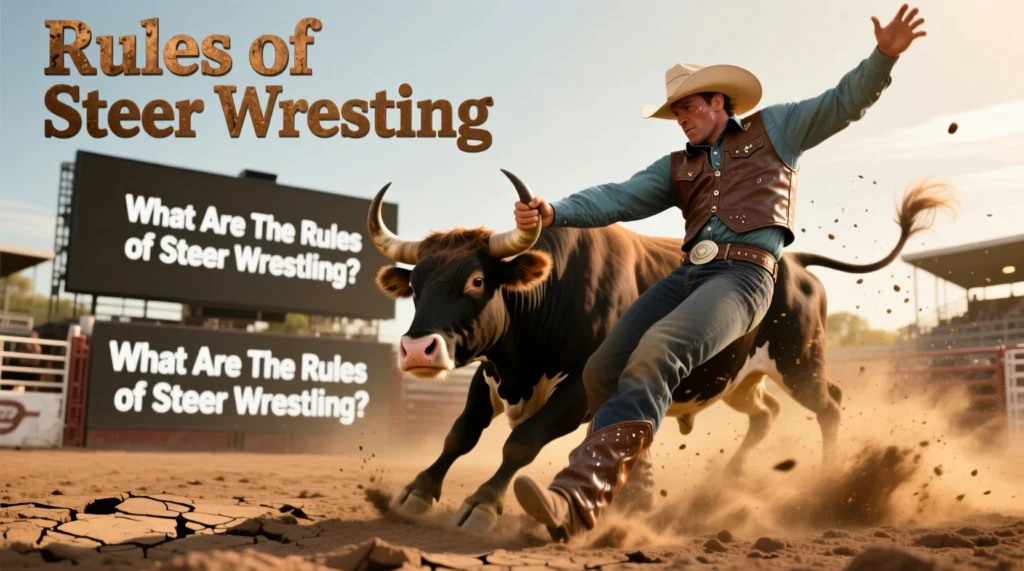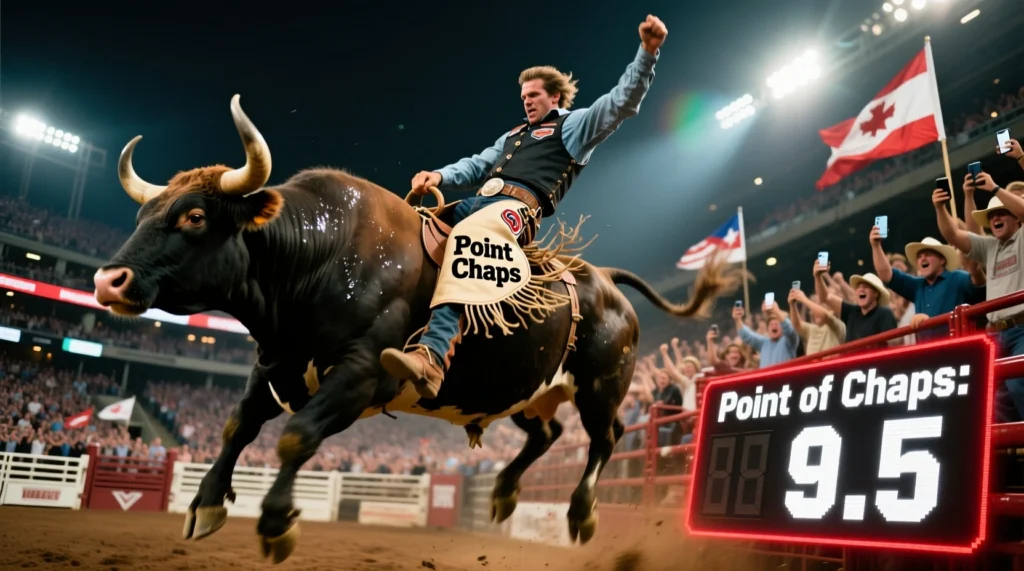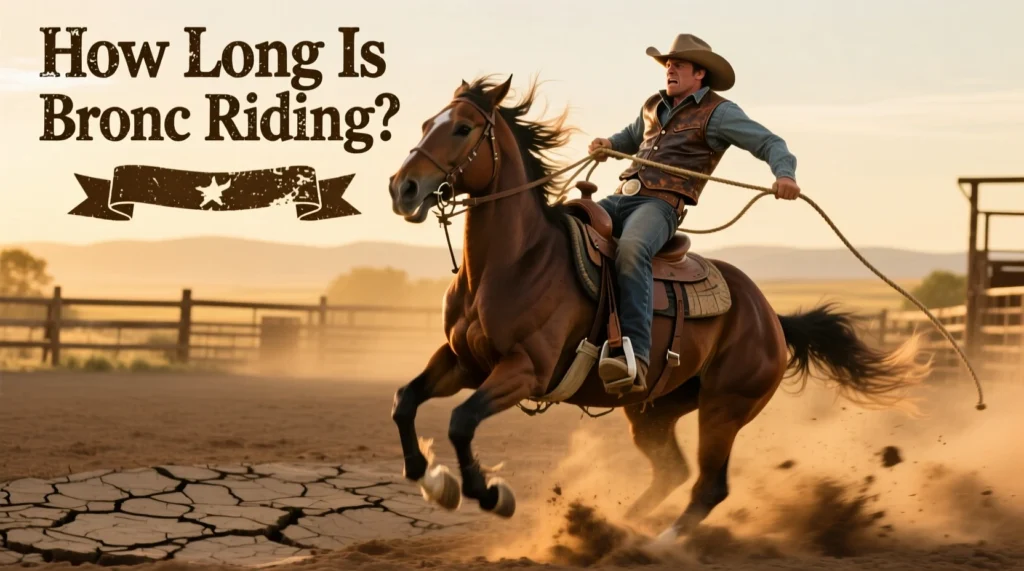Learn What Are the Techniques Used in Bull Riding? for balance and grip to safety tips. Discover how professionals stay on and win, plus fun facts and stats about the sport.
Bull riding is one of the most exciting sports in rodeo, but it’s not easy! Riders have to stay on a 1,500-pound animal that’s bucking, spinning, and trying to throw them off. How do they do it? With practice, skill, and the right techniques. In this article, we’ll break down the techniques used in bull riding so you can understand how riders stay on and win. Whether you’re a beginner or just curious, these tips will help you grasp the basics.
Table of Contents
Why Is Bull Riding So Hard?
Bull riding looks simple, but it’s one of the toughest sports. Here’s why:
- Bulls are strong and unpredictable.
- Riders can’t hold onto the bull with both hands.
- They have to stay on for 8 seconds to qualify for a score.
Most riders fall because of:
- Poor balance
- Weak grip
- Bad posture
- Not reading the bull’s moves
Did You Know? Only about 25% of riders successfully stay on for the full 8 seconds in professional competitions.
Top Techniques to Stay on the Bull
Here are the 4 key techniques riders use to stay on:
Technique 1: Balance and Posture
Balance is everything! Riders keep their weight centered over the bull. They lean slightly forward and stay relaxed. If they lean too far back or tense up, they’ll lose control.
Tip: Imagine you’re “dancing” with the bull. Move with it, not against it.
Technique 2: Grip and Hand Placement
Riders use one hand to hold onto a flat braided rope (called a “bull rope”). They wrap it around their hand and grip tightly. The other hand can’t touch the bull, the rope, or themselves during the ride.
Tip: A strong grip is key, but don’t squeeze too hard—it can make your arm tired.
Technique 3: Foot Position and Spur
Riders wear special spurs (wheels attached to boots) to dig into the bull’s sides for grip. They keep their feet forward and knees bent to stay stable.
Tip: Spurs help you stay on, but they’re not for punishment—they guide the bull’s movement.
Technique 4: Reading the Bull’s Movement
Great riders “read” the bull’s moves. If the bull bucks to the left, the rider leans left. If it spins, the rider adjusts their body to match.
Tip: Anticipate the bull’s moves like you’re playing a video game—quick reflexes win!
Read Our Web Stories For What Are the Techniques Used in Bull Riding?
Which Techniques Are Good and Which Are Bad?
Here’s a simple graph to show which techniques work and which don’t:
| Technique | Success Rate | Failure Rate |
|---|---|---|
| Strong Grip | 85% | 15% |
| Proper Balance | 80% | 20% |
| Reading the Bull’s Moves | 75% | 25% |
| Poor Posture | 10% | 90% |
| Weak Grip | 5% | 95% |
Note: Success rate means riders stayed on for 8 seconds. Failure rate means they fell off.
Safety Tips for Bull Riders
Bull riding is dangerous, but safety gear helps:
- Helmets: Protect your head.
- Vests: Pad your chest and back.
- Boots: Keep your ankles safe.
Rodeo clowns (now called “bullfighters”) are also there to distract the bull if you fall. Always ride with trained professionals!
How to Practice Bull Riding
Start with:
- Short rides: Build up to 8 seconds.
- Mechanical bulls: Practice at home or in gyms.
- Rodeo schools: Learn from pros.
What Are the Techniques Used in Bull Riding? For Balancing
Bull riding is a mix of skill, courage, and technique. By mastering balance, grip, foot placement, and reading the bull’s moves, riders can stay on and score big. Remember to always prioritize safety and practice with professionals. Whether you’re riding for fun or competition, these techniques will help you ride like a pro!
Ready to try bull riding? Find a rodeo school near you and start practicing today!

